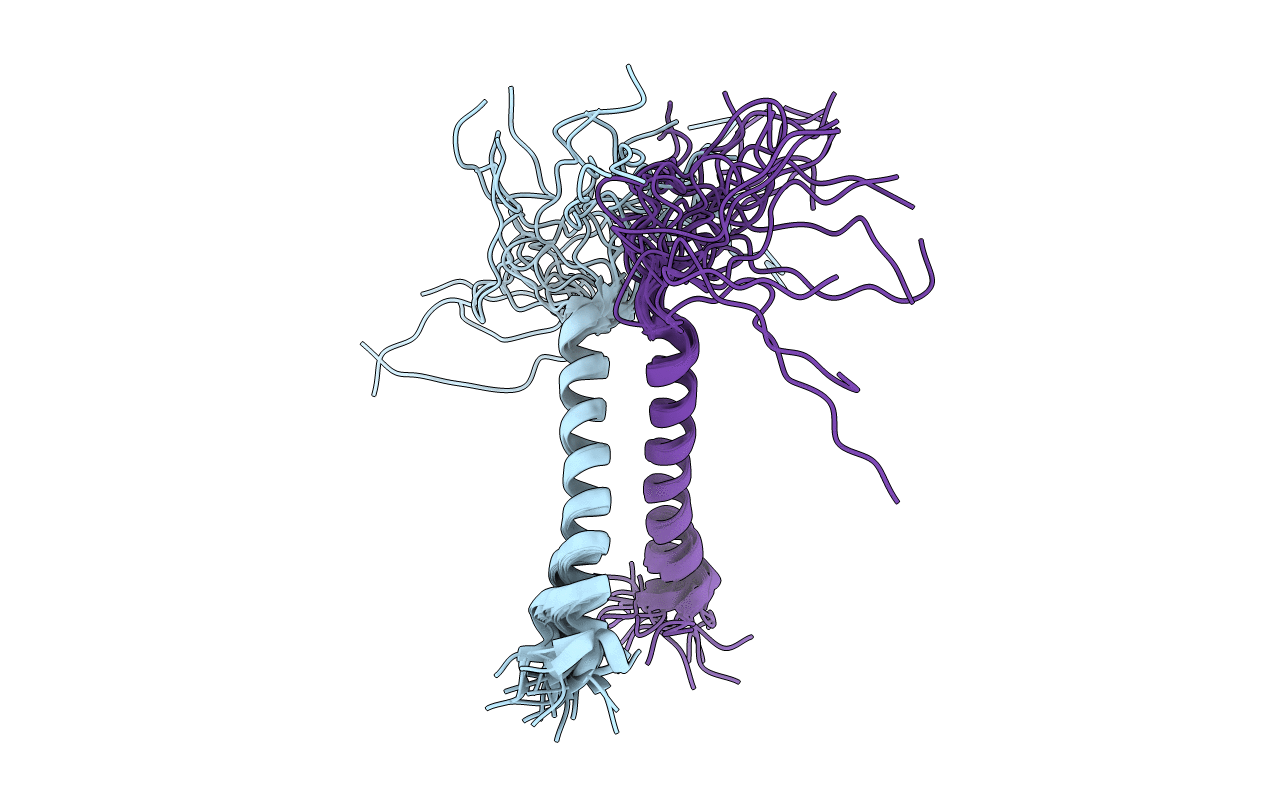
Deposition Date
2017-07-08
Release Date
2018-04-11
Last Version Date
2024-07-03
Entry Detail
PDB ID:
5OEK
Keywords:
Title:
Putative active dimeric state of GHR transmembrane domain
Biological Source:
Source Organism:
Homo sapiens (Taxon ID: 9606)
Host Organism:
Method Details:
Experimental Method:
Conformers Calculated:
200
Conformers Submitted:
20
Selection Criteria:
target function


